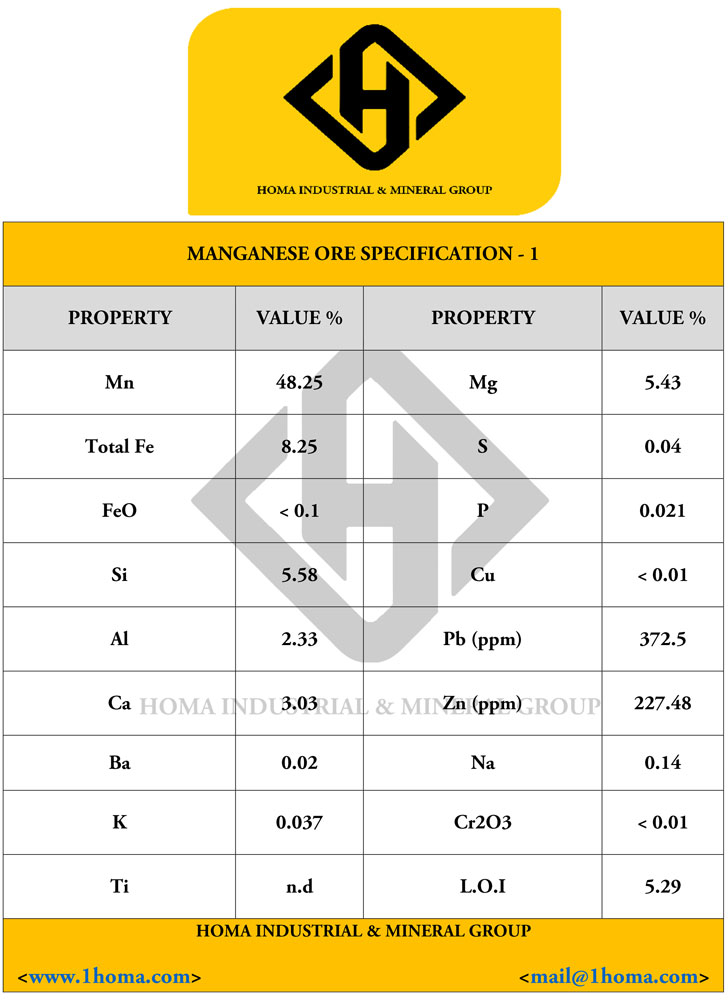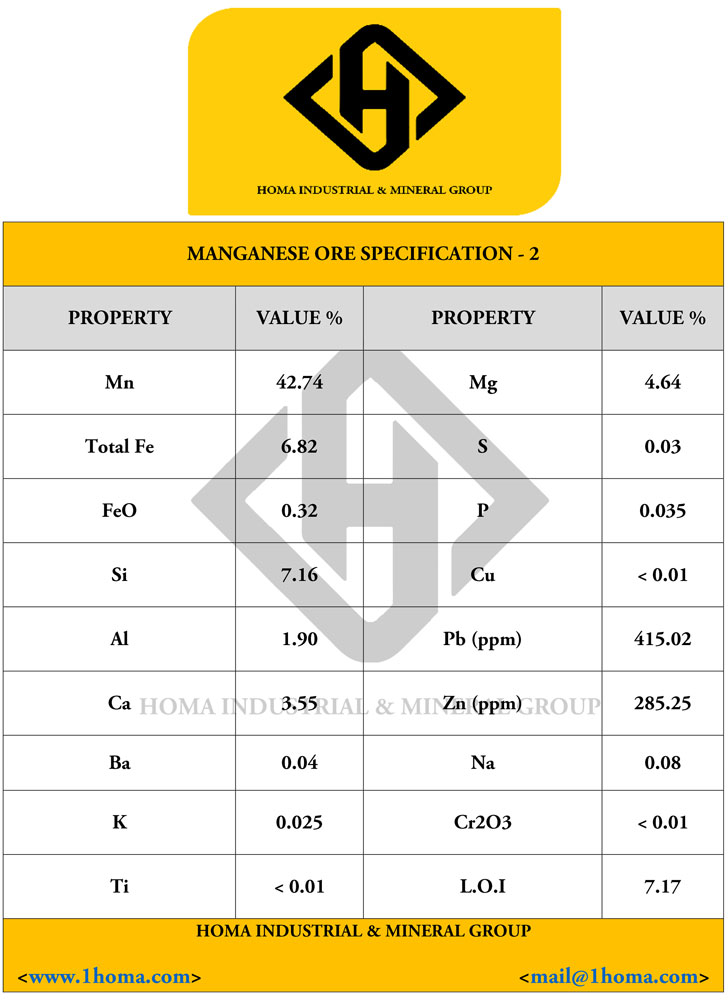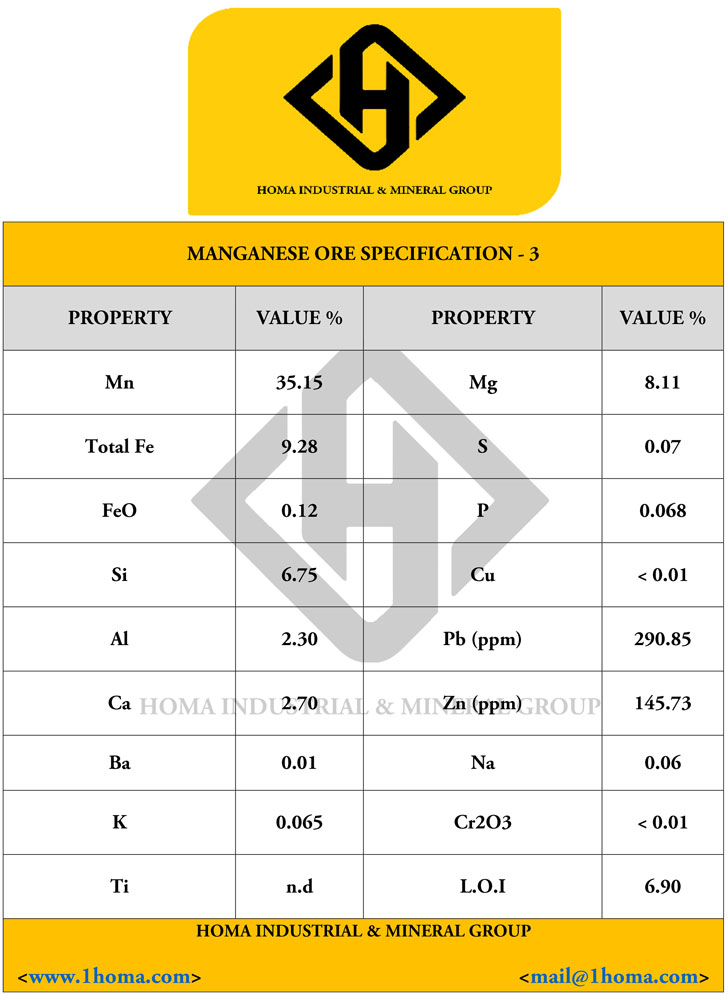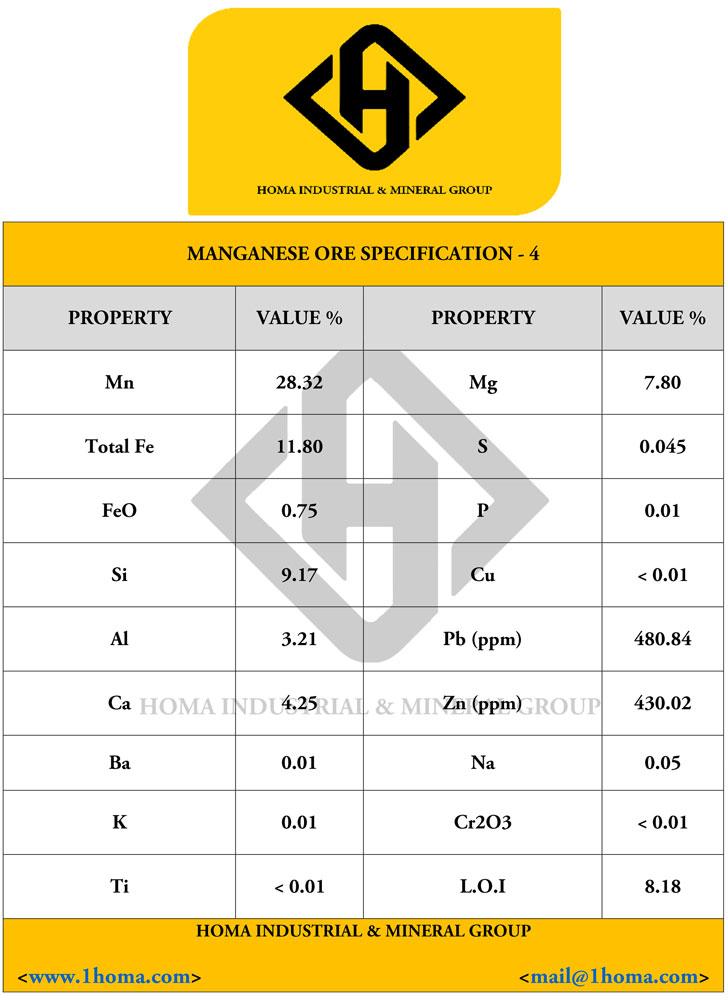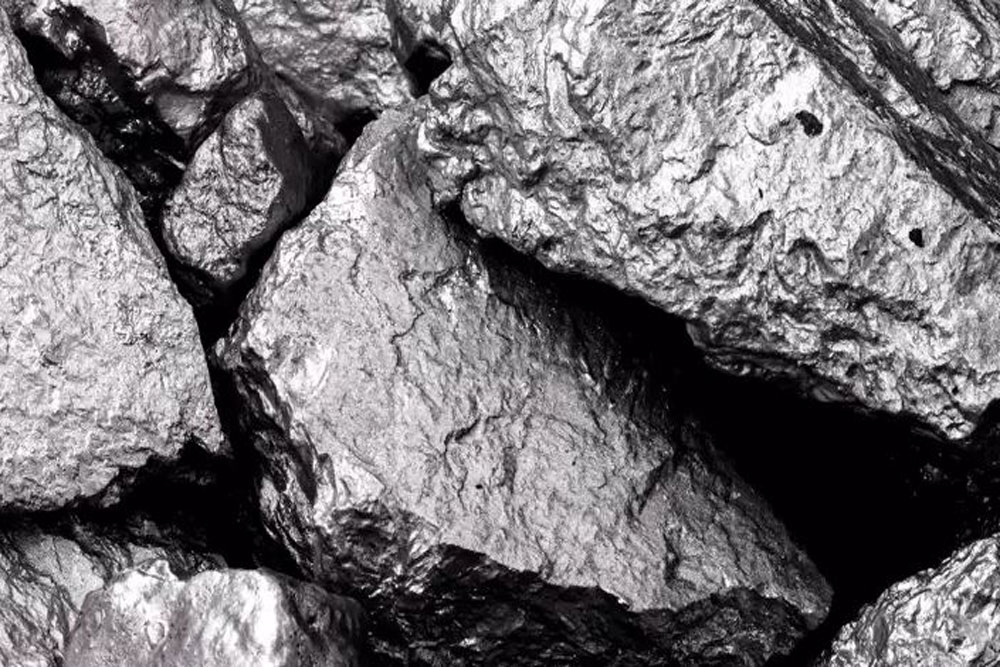
Manganese received its name from the Greek region of Magnesia. It's often extracted in combination with other minerals like iron. Although you may think that manganese is a pretty rare metal, it's very common in our daily life. We can find it not only in our stainless steel watches and in batteries powering our devices, but also in human body. On average, the human body contains about twelve grams of manganese, mostly found in our bones.
Manganese is a hard, but very brittle metal with a pink-gray, dark-gray or silvery white color. When it's pure, manganese can be very reactive and as a powder it can be burnt in oxygen. It's very easily oxidized and like iron it reacts to water and rusts. Manganese is also very hard to melt.
Manganese is very important when it comes to steel production, accounting for over 90% of the manganese mined today. It's a key component for steel formulations and often used with aluminum alloys. Other non-ferrous alloys applications and alkaline batteries, both covering around 2% of global manganese demand.
Manganese pigments are also used in the glass industry to give glass a violet color. Use of these pigments can be traced back to the Stone Age, when the pigments were used in cave paintings. Of course, throughout history, its applications became more diverse from replacing nickel in US coins during World War II to using manganese dioxide as a catalyst.
Manganese mines can be found all over the world. The highest concentration of reserves and mining activity are located in the South Africa and the Middle East. The main market for manganese ore is steel industry, which is shipped to China for further processing into stainless steel and other applications. Other forms of manganese are mainly manganese metal and chemicals.
Manganese Ore is an important and indispensable input raw material in the form of ferro-manganese and silico-manganese alloys for steel making. Manganese ore’s consumption is among the key indicators of industrial development in any country.
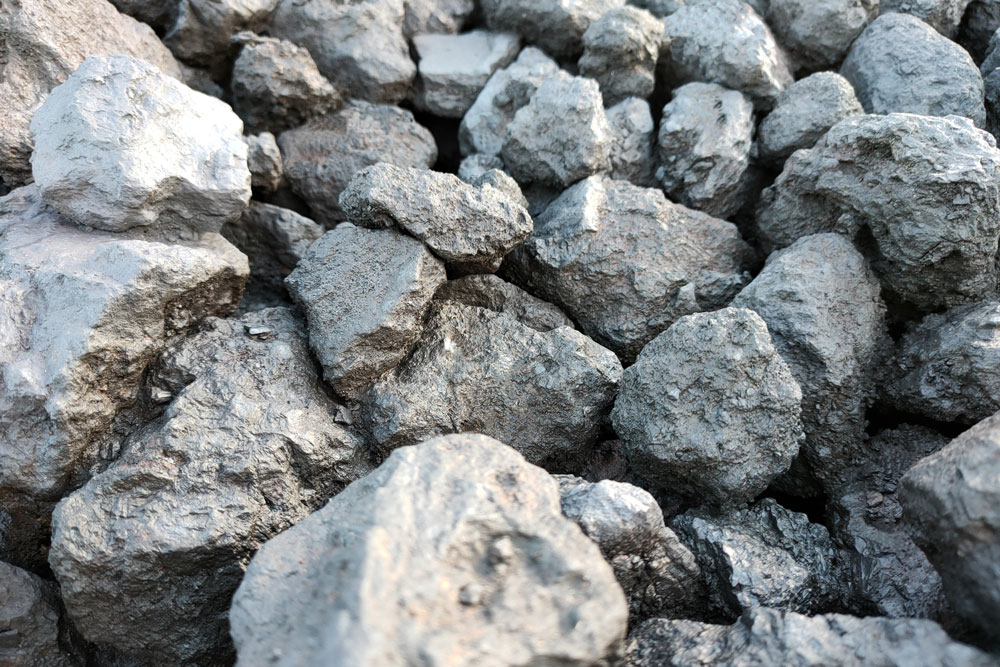
HOMA Group offers two ranges of lump ores. High grade manganese lump ore (MMA), with its low iron content, is specifically intended for the production of ferro-manganese (FeMn). High manganese lump siliceous ore (MMD) is ideally suited for the production of silico-manganese (SiMn).
This product is highly reactive, allowing a significant reduction in energy consumption and excellent productivity in the furnace. MMA is low in slag-making components (silica, alumina, lime, magnesia). The low iron content makes it a good complementary product for rich ferrous ores. The size of the ore provides a good balance between the high reactivity of the fine material and the high permeability provided by the lump ore.
HOMA's Manganese fines With their high manganese content, have been developed for the production of silico-manganese (SiMn). This fine ore is used to improve process performance (less waste, reduced energy consumption), particularly in the production of agglomerates. Its low iron content makes it highly complementary to iron rich ores.
HOMA Group has it's own manganese mines. Our industrious miners along with our intelligent engineers are working together 24/7 to define mining leadership in our core region, the Middle East. If you provide your manganese ore demand from HOMA Group, you are assured to be supplied by first hand supplier.
You can find some of our Manganese Ore specifications as below:
Kindly note that we're able to supply other Manganese Ore specifications regarding to customer's demands.
